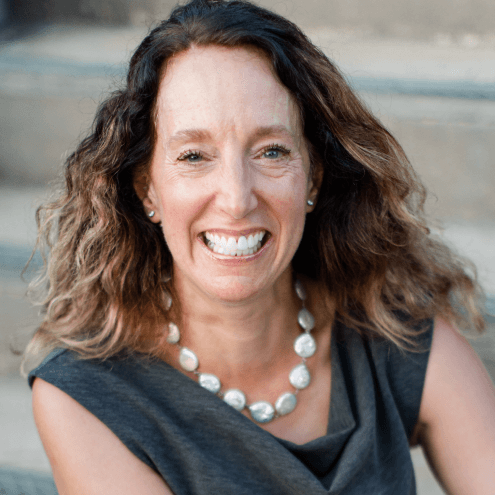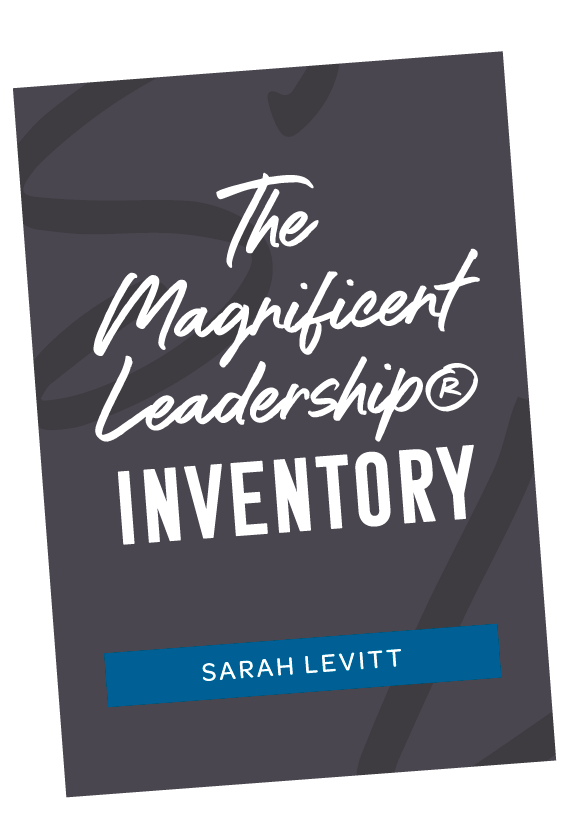Settle in, peeps, this one’s a bit long. I wanted to get this to you when you might have more bandwidth to digest it.
A number of clients have come to me wanting to explore their next career move, and I thought I’d share some of the key factors with you.
- As you begin to consider future aspirations and options, take a good look at your finances and what’s required for the life you want to live and the obligations you have. It will eliminate worry over the unknown and give you power and knowledge for your future.
- Understand that the process of discovery and exploration likely will not be linear. This is particularly hard for those of us who are achievers and want a clear, direct map. If you’re truly opening up to what is possible for your next phase of work and life, the path will be splendidly unique to you. Which will be amazing. And daunting. The most fulfilling client career transitions I’ve observed have been evolutions from one stone in the path to the next. Urgency isn’t your friend in this process. Curiosity is. Let it lead the way.
- Which means… If you can increase your tolerance for the discomfort of uncertainty (and I know whereof I speak, I’ve lived this, myself), you’ll be able to explore and create options in a bold and courageous way that reflects your deepest yearnings. And you’ll find your path despite the fear rather than in reaction to it. In other words, you won’t make premature decisions out of a desire for safe harbor.
- If you find that meaningful contribution and impact are imperative to what you want to do next, even if you don’t yet know what that ‘next’ is, that desire is one of the most consistent I hear from clients asking this question. You’ve worked hard and long, done very well, and you want your next chapter to be about making a difference, often in a big way. Honor that.
- Additionally, there are typically 2 or 3 more pillars — I can’t think of anyone who’s had more than 5 – that clients find are true foundational requisites for their next endeavors. Some of the most common: autonomy and flexibility, working with and/or leading a group of others similarly committed and passionate, solving hard and complex problems, and being involved in global efforts. Take the time to identify your pillars. They’ll be guides along your journey.
- If you only know what you must have (the pillars mentioned above) but don’t know what you want to do, exactly, that is very, very common. Most clients come to our work not knowing. And because you are quite talented and accomplished and could do just about anything you applied yourself to, save for a few very specific things, you may feel overwhelmed by what appear to be many options. That’s natural, too. As you engage in the process, things will start to come into focus. Be patient, curious, and listen to yourself.
- To uncover clues for your future, consider your past. Think back to times in college or high school or being a kid and what was most joyful and engaging for you. It doesn’t have to be a job, and likely won’t be. But there will be themes that run through these experiences that should prove useful to your exploration. One client remembered how energized he was organizing a social impact group during college and also recalled the excitement of learning about geopolitical problems that were particularly intractable. On top of that, he loved a study abroad program and the immersion in another culture. From these experiences, we teased out that big, hard problems were appealing, leading and organizing came effortlessly and was fun, and continuously being challenged by learning new things and using that knowledge to make an impact, was very energizing and engaging for him. He described it as wanting to spring out of bed in the morning. As we created his action plan for practical exploration, this understanding of what truly motivated him and brought him satisfaction and joy became a filter to discern opportunities.
- The most powerful obstacles on your path will very likely be in your own mind. About what you’re capable of, about who you think you are to dream, about what work “should” be, about all kinds of sneaky things that we tell ourselves and limit us. If you’re able to identify those thoughts and beliefs, great. Go here and look for the 4 Questions and Turnarounds to begin to get some wiggle on them. If that doesn’t help much, get a coach to help you, both in identifying the limiting belief and how to begin to change it. Clients find this actually works. As do I. When I launched my consulting practice, fear about building another successful business consumed me, and I was flailing in its grip. I knew I needed a coach to help me shake it loose, and I sought one out.
- Dream. Sit down with pen and paper (not computer) and write about what your ideal future life looks like, in as much detail as you can imagine, professionally and personally. This is a combination of two tools, one called Pray Rain and the other, the Magic Wand exercise, both I believe I learned from early coaching mentor Martha Beck. While you’re writing, try to notice what quiet but powerful thoughts might intrude. They might sound like, “That’s not possible.” Or, “Who do you think you are?” Or, maybe, “Work is supposed to be hard, not fun.” Listen in carefully. You’ll want to address these limiting beliefs using the information in the previous bullet. Also as part of the dreaming phase, take a detour from your mind to your heart and soul through poetry, movies, music, drawing and painting, books, and making collages. This can feel awkward at first. Try it, anyway. Notice where you’re pulled, even if it doesn’t make sense.
- Get practical. Make an action plan that you’re accountable for in your calendar. Because of the demands of your current role, you’ll have to be deliberate about making time for your career exploration. How and where to begin taking action? A handful of questions to get you started: Who in your network can connect you with people you’re interested in talking with in the arenas you’re curious about? Can you create opportunities to shadow or observe? Volunteer? Sit on a Board? What adjacent careers have always seemed interesting? Are there colleagues whose work you find particularly appealing and can talk with? Making a real plan is so much of the work with clients when we move from dreaming to implementation, and it is critical. Create multiple experiments to gain as much firsthand knowledge and understanding as possible. It will rule things out. And in.
- Lastly, avail yourself of resources that will support you on your journey. Find others to talk with who have successfully made career and life transitions. Seek information that is positive and yet real. This magazine regularly profiles people who reinvent at midlife and beyond. I find Martha Beck’s Finding Your Own North Star still one of the best books for learning how to step out of the many competing voices in our heads and into our own knowing. This book, can be helpful in sparking ideas if you find the Myers-Briggs assessment resonant. And this book features stories of real people and their very real accounts of what it’s like to take this journey and come out on the other side.
If I can be of help, drop me a note: sarah@sarah-levitt.com
I work with a limited number of high-achieving, accomplished executives each year to reinvent their careers with purpose.




 Are you elevating your leadership as your business grows?
Are you elevating your leadership as your business grows?